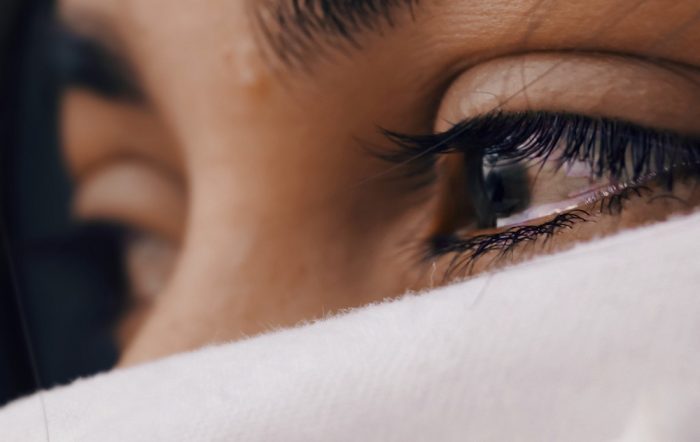Before you’ve finished reading this paragraph, someone in the United States will attempt suicide.
And by the time you’ve finished this page, it’s likely one person will have succeeded. In the next 24 hours, 123 Americans will be dead by their own hand.
Today in the United States, one person completes suicide every 12 minutes, with 25 more attempting it. It’s easy to assume your life will never be touched by suicide—and natural to be sure you’ll never feel the urge. That’s because, for the most part, we understand the risk factors for suicide: a history of depression or mental illness, problems with addiction or substance abuse, disability or illness—even bullying has been linked to suicides.
If none of this sounds like you, you might think you’re in the clear. Unfortunately, that’s just not the case.
The thing is, suicide isn’t just about your health history. It can also be about who you are, as well as your current life circumstances. If you belong to any of the following groups, you’re statistically at a higher risk for suicide:
Teenage Latina girl
We can all likely relate; the teen years are tough. For today’s youth, however, it’s even harder. While they still face the awkwardness, confusion, and hormonal changes associated with coming of age, they have the added pressures of social media, increased bullying, easier access to alcohol and drugs, and confusion surrounding gender and sexuality. Add to those issues a cultural background that doesn’t understand the complexities of mental illness, and it’s understandable that Latina teens attempt suicide more than any other adolescent demographic.
Here’s a sobering statistic: in 2015, 15 percent of Latina teens made a suicide attempt, according to the CDC. That’s well above the average of 9.8 percent and 10.2 percent for white and black teen girls. What’s more, 25 percent of Latina teens have considered suicide.
This isn’t a trend. It’s an epidemic.
According to a recent Univision article, many Latina teens suffering from depression were born in the United States, but have immigrant parents with limited awareness of mental illness, illustrating the fact that understanding mental illness is critical if we’re going to slow this horrifying trend.
New mother
From the time they diaper their first baby doll, many girls dream of becoming a mother. So, when we’re finally holding that tiny bundle in our arms, we should feel nothing but bliss, right?
Such is the thinking of many mothers who feel guilty at the range of emotions that come after giving birth. Becoming a new mother is overwhelming for anyone. From the biological need to protect this tiny person to the pressures to be the “perfect” mother to the changes in lifestyle and/or career, it’s easy to lose yourself in the process. Add in sleep deprivation, and it’s no wonder many women suffer from postpartum depression, a very real mental illness. According to Huffington Post, about 15 percent of women suffer from postpartum depression, and postpartum suicide is the second leading cause of death among new mothers.
For new moms, understanding and awareness of postpartum depression is critical, particularly if you have a history of depression or mental illness. That awareness should come long before you’re bringing that new bundle home, so if a baby is in your future—or in the future of someone you love—it’s critical to be able to identify the signs of depression.
Senior citizen
You’ve worked hard your entire life; now you can settle down and enjoy your golden years—a time to travel, connect with family and friends, and enjoy your favorite hobbies.
It might sound idyllic, but for many seniors, these years are anything but golden. In fact, people aged 85 and over complete suicide more than any other age group except 45 to 54, and, according to the CDC, the rate is increasing, with elderly men completing suicide far more frequently than ever before.
Depression among the elderly is not a new phenomenon. Transitioning from a full-time career to a life of leisure may not be as easy as it seems for the younger generations, particularly if much of your self-esteem and purpose is wrapped up into that occupation. Additionally, failing health and disability can cause or exacerbate depression, as can loneliness and isolation, which are common for seniors without family or close friends nearby. For some, family might actually be a reason to complete suicide, as many seniors fear becoming a burden on their loved ones.
There’s no shortage of reasons Americans are considering, attempting, and completing suicide at alarming rates.
But there’s only one way to slow the epidemic. Suicide and mental illness should never be “taboo” topics for discussion. Too many lives—of all ages, demographics and circumstances—are depending on it.












Read 18 comments and reply